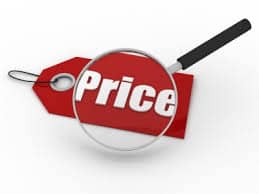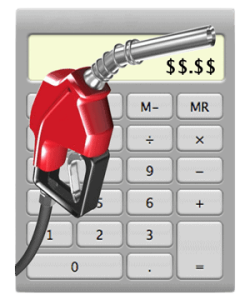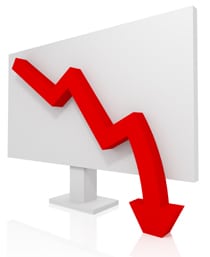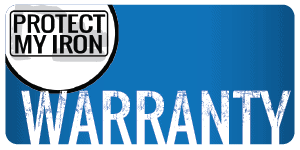Do You Know Your True Cost of Ownership?
For construction equipment managers, understanding your true total cost of ownership (TCO) is critical. You need the information to price jobs, so you can bid intelligently and actually make money. You need the information to accurately compare new equipment you’re considering purchasing. And you need the information to make cost-effective daily operations decisions such as determining which machines are the best choice for each job.
How do you figure TCO? Let’s do the math.
You can use this formula to determine ownership and operations costs for any of your equipment assets, whether it’s rolling stock, travels on tracks or is fixed in place.
Part A: Ownership

- Purchase price.
- Subtract residual value – the projected value after the number of years you expect to keep the machine – your dealer can help you arrive at a reasonable figure. For our example, we’ll assume four years.
- Interest or other financing costs.
- Insurance.
- Taxes.
Except for purchase price and residual value, multiply your figures by 4 (the number of years you expect to keep the machine). Now add these up to get your “lifetime” ownership sub-total.
Part B: Operation
- Wages and benefits, including payroll taxes, etc. – heavy equipment fleet managers include this as part of operating costs in order to determine total cost per hour.
- Fuel.
- Preventive maintenance and repairs – both parts and labor.
- Tires or track replacement.
- Other wear items.
Figure these items per year, then multiply by 4 years to get your “lifetime” operating cost sub-total. Add your two sub-totals to get your total O&O cost for the four years. How many hours per year do you plan to use this machine? Multiply that figure by 4, then divide it into your O&O total to arrive at your cost per hour.
You can also determine per-hour cost for ownership and operating costs separately, and figure the percentage of cost per item. This information will give you better insight and help you compare equipment more accurately.
Some caveats.
If you pay your people for travel to and from job sites, be sure you include that in your labor cost.
 You’ll have to adjust your figures periodically, to account for fluctuations in fuel costs and any other significant changes such as labor costs.
You’ll have to adjust your figures periodically, to account for fluctuations in fuel costs and any other significant changes such as labor costs.
Is this machine profitable for you? If it’s sitting around in your yard too much, it’s losing value but not earning any income. Maybe you should get rid of it, or consider purchasing a used machine instead.
The more you stay on top of preventive maintenance, and the more careful you are about assigning the right machine to each job, the less you’ll have to worry about premature wear and tear and the costs that come from that.
TCO includes indirect costs as well as actual expenses.
Intangibles matter because:

- Hassling with inconvenient servicing or fiddling around with clumsy attachments requires more labor to be spent on non-income producing activities.
- Down time for maintenance and repairs costs money for labor and parts, and it also reduces your ability to earn money. That’s especially risky for jobs with penalties attached for failure to meet completion deadlines.
- Operator comfort and convenience affect productivity. Less-than-desirable working conditions slow down work and make skilled operators unhappy. That increases labor costs, increases risk of turnover and makes it harder to hire top people.
Confidence and peace of mind are more than platitudes.
 You can’t manage your business effectively if you’re constantly worried about actual or potential problems. Proper insurance is a business must. That includes extended warranty coverage that has your back, financially speaking, as equipment ages. If you’re purchasing used equipment, extended coverage plans are particularly important to ensure you’ll get better performance, longer.
You can’t manage your business effectively if you’re constantly worried about actual or potential problems. Proper insurance is a business must. That includes extended warranty coverage that has your back, financially speaking, as equipment ages. If you’re purchasing used equipment, extended coverage plans are particularly important to ensure you’ll get better performance, longer.
